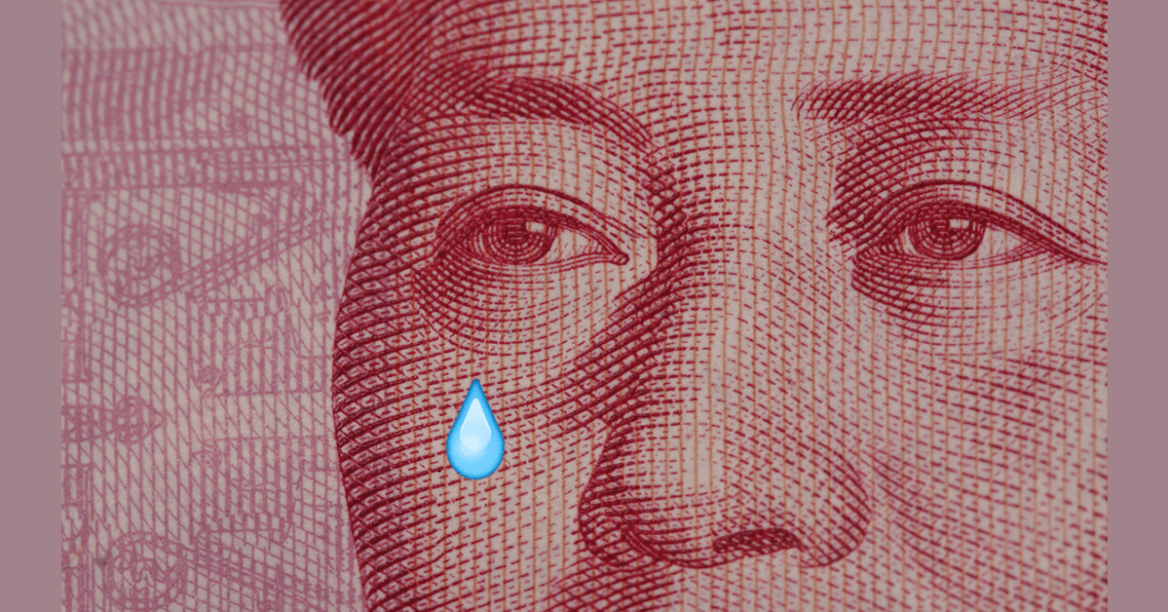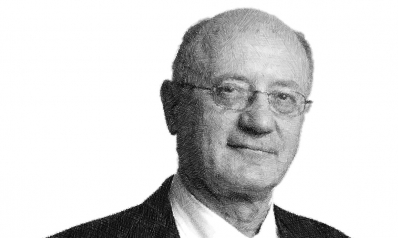Beyond Flash Boys: Improving Transparency and Fairness in Financial Markets
by , CFA Institute
Are markets rigged in favor of certain investors now that dark pools and high-frequency trading (HFT) are ubiquitous?
As author Michael Lewis described in Flash Boys, many in the investment industry look to take advantage of trading inefficiencies. But there can also be opportunities to profit by reducing them.
In this question-and-answer session from the 60th Annual Financial Analysts Seminar (FAS) in Chicago last year, Ronan Ryan of IEX Group says that harnessing technological advances can help ameliorate market fragmentation and improve the functioning of markets for the benefit of the industry as a whole.
A full version of his presentation is also available in the CFA Institute Conference Proceedings Quarterly.
Audience member: If we had members from other exchanges and dark pools here right now, how would they defend what they are doing and what would they say you are doing wrong?
Ronan Ryan: It depends. For example, an exchange that offers colocation would give you some nonsense about colocation being “fair” because anyone can buy it. But not every strategy needs it, and so not everybody benefits from it.
Regarding dark pools, people do not even know how they operate. They can have special pricing with some clients and not others. What we do is completely transparent. It is hard for dark pools to detract from us, but what we heard in the beginning was a lot of fear mongering about Michael Lewis’s book: Detractors said that the book was fiction, that Michael Lewis makes money from writing this type of book, and so forth. Well, Michael Lewis has credibility and does not just make stuff up. He does not need to. The BATS Exchange got fined $14 million, and its CEO was fired in the aftermath of the book’s publication.
Brokers might criticize us privately, but I think relationships with brokers have really improved. Dark pools are going to diminish, and we want to compete with the exchanges. The exchange is the center of the ecosystem, which is why to fix the system, we need to become an exchange.
What regulations, for better or worse, have brought us to where we are, and what needs to happen to create a safer and fairer system?
I tend to not pick on the regulators, but the biggest regulation is Regulation National Market System (Reg NMS), which came out in 2007. Reg NMS says that an exchange cannot execute a buy order at $10 if another exchange is willing to sell it at $9.99. That order should go to the other exchange to let the person trade at a better price. So, the markets were essentially stitched together. Then came latency, which nobody could have foreseen.
When Flash Boys came out, it was like a bomb that created a lot of hysteria, but I think regulators are careful of instituting “broad-stroke” changes. There is no need. The market is more efficient. There are inefficiencies that exist as a result of regulation, but the key is to understand them and fight technology with technology.
We were talking earlier about how fast trading has changed, just in the past five to 10 years. What will trading look like 10 years from now?
Hopefully, IEX will take on the whole world. What a lot of people do not understand is that of the 11 exchanges, BATS owns four of them, NYSE owns three of them, NASDAQ owns three of them, and one is independent — CHX, a Chicago exchange that does less than a quarter of a percent of volume. I think BATS, NYSE, and NASDAQ each having multiple exchanges is unnecessary.
There is too much fragmentation in the market. I would like to see one BATS exchange, one NASDAQ exchange, one NYSE exchange, and — hopefully — one IEX exchange. I would even like CHX as a fifth exchange. Dark pools are shutting down because of sanctions and further regulation. I think there will be fewer venues, maybe fewer than 20. Twenty venues makes it less complex and much easier to navigate, which will make the markets better. It will just take time.
It is very hard for buyers and sellers to match each other when the buyer is in Venue A and the seller is in Venue B and Venue B is not connected to Venue A because it is owned by Broker B and Brokers A and B do not like each other. Someone has to come and buy for the seller and sell for the buyer, which just creates volume that is unnecessary.
If there is less fragmentation, then there will be less double counting of liquidity. If there are 10,000 shares for a buyer in Venue A and 10,000 shares for a seller in Venue B, the two venues should come together and the tape should indicate that 10,000 shares were traded. But what actually happens is that someone buys 10,000 from the seller and sells 10,000 to the buyer and both venues report 10,000 to the tape. The tape records 20,000 in volume.
Unfortunately, a lot of algorithms are based on this reported volume of 20,000. If an investor is trying to maintain a position of 10% of volume, he buys 2,000 shares instead of 1,000 shares. Then, we need computers in New Jersey to get into the market faster to capture liquidity that is not there, and then someone starts picking off trades because she knows the exchanges cannot move that fast, and so on.
So, fragmentation is a really, really big deal.
Why do you think it took Michael Lewis’s book to shine light on this? Why did it take so long for smart traders with a lot of resources to realize what was going on?
Michael Lewis does discuss what we discovered at RBC, but it is a much more costly way to trade. Our blended execution rate at RBC was pretty expensive because we just went and took liquidity where we saw it. We did not try to get rebates from other exchanges. We did not route to the venue that was cheapest first. There is a lot of money in doing that.
We sort of had “little man syndrome” because we thought everybody was better than us. But in 2009, we built out the entire platform without any of the old legacy stuff in our way. It was much easier for us to do it because we were small. Brokers have now caught on, and most of them can get most of what appears on the screen. So, we effected change in that regard.
Too often — and understandably so, because there is so much money at play — people attribute these issues to nefarious behavior, but it is a little bit of ineptness and a little bit of old technology that is to blame a lot of the time. It is hard to change what already exists, even when it is outdated. But at RBC, we started with a clean slate, which is what we also did at IEX. We have the advantage of new and cleaner technology.
Do brokers and the markets still need to improve more?
I think, to be honest, they already have, for the most part. Brokers have caught up on the structural inefficiencies, which is most important because the brokers are the ones who enter the market on investors’ behalf. Still, the markets themselves need to be accountable because it is not okay that they use slower market data to price books when they are selling a faster version of the market data to those who pay a ton of money to be in the exchange’s building. That is why I really believe — and I am not trying to create hysteria — that the exchanges need to be held accountable.
What do you see happening with big data?
We have trillions of lines of data in our databases that we are constantly examining. We have hundreds of servers in a data center in New Jersey that are examining past transactions that may only be a millisecond old, from which we are trying to “learn.” We cannot trade on a proprietary basis, but we do want to know if others are doing so on our exchange.
There are firms doing quantum computing and artificial intelligence and running data after data. They are taking in Twitter feeds that are now for sale in unbelievable numbers. These feeds are not reliable but are used as inputs for this type of computing, which makes the market react over something that may not be factual. Some traders realize it and still buy the Twitter feeds as a signal of when to get out of a market.
There are a lot of data, and the data come from everywhere on the internet before they feed into these trading platforms. I had dinner with a high-frequency guy the other night, and he explained why they take in these Twitter feeds: They are paying something like $40,000/month to take in feeds they do not even want, but they think that doing so at least tells them when there is going to be a spike in trading as a result of something — whether it is true or not — and they will get out of the market for that period of time.
If you liked this post, don’t forget to subscribe to the Enterprising Investor.
All posts are the opinion of the author. As such, they should not be construed as investment advice, nor do the opinions expressed necessarily reflect the views of CFA Institute or the author’s employer.
Image credit: ©iStockphoto.com/retrorocket
Copyright © CFA Institute















